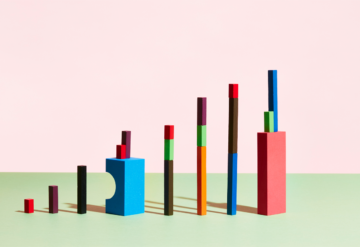Head size parts autism into two major subtypes
An imbalance in the number of excitatory neurons in early brain development may account for the difference.
Diagnosing autism is an evolving science but a crucial first step to understanding the disorder.




An imbalance in the number of excitatory neurons in early brain development may account for the difference.
The new tool could help clinicians diagnose autism in children younger than 3, the findings show.

The nation needs to build capacity to support the roughly 20 percent of children in Australia who have developmental delay.

Jammed online surveys and invaded video calls are forcing researchers to rethink their outreach methods.

Brain scans of hundreds of infants suggest that up to 80 percent of those with autism have unusual amounts of cerebrospinal fluid. Researchers are studying how this might contribute to the condition.

The director of the University of Pittsburgh’s Autism Center of Excellence talks about her new work investigating suicidality in autistic adults.

A speech-language pathologist by training, Wetherby has spent more than four decades developing tools to help identify and treat autism early; now her work has taken on a more personal sense of urgency.

The mutation increases the activity of an autism-linked protein and leads to social difficulties and other behavioral differences in mice.

The variants are associated with slight differences in measures of intelligence, income and employment, but the relationship may not be causal.

The discovery could help clinicians diagnose children who carry mutations in the gene, called SCN2A, and gauge their responses to potential therapies.